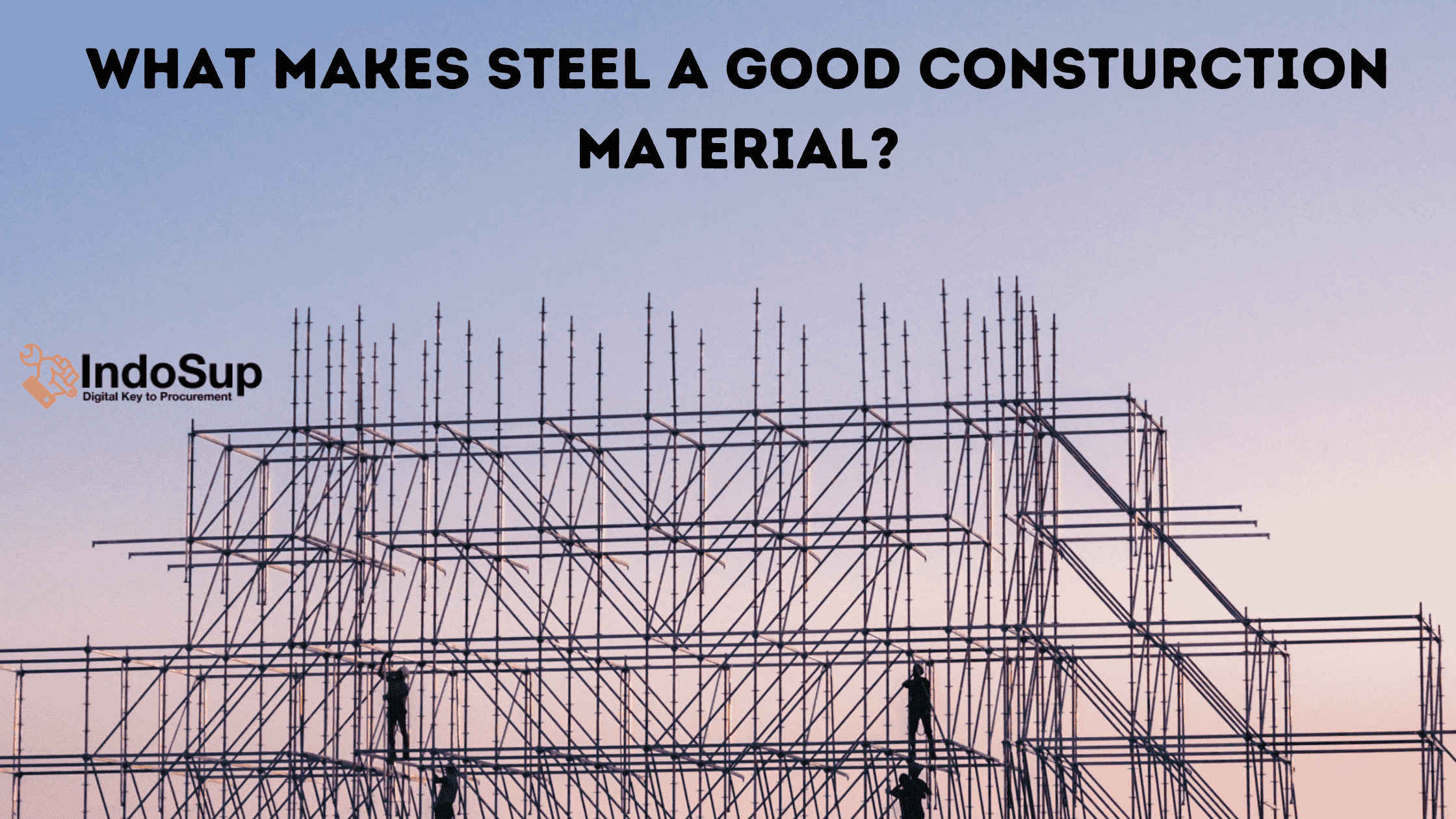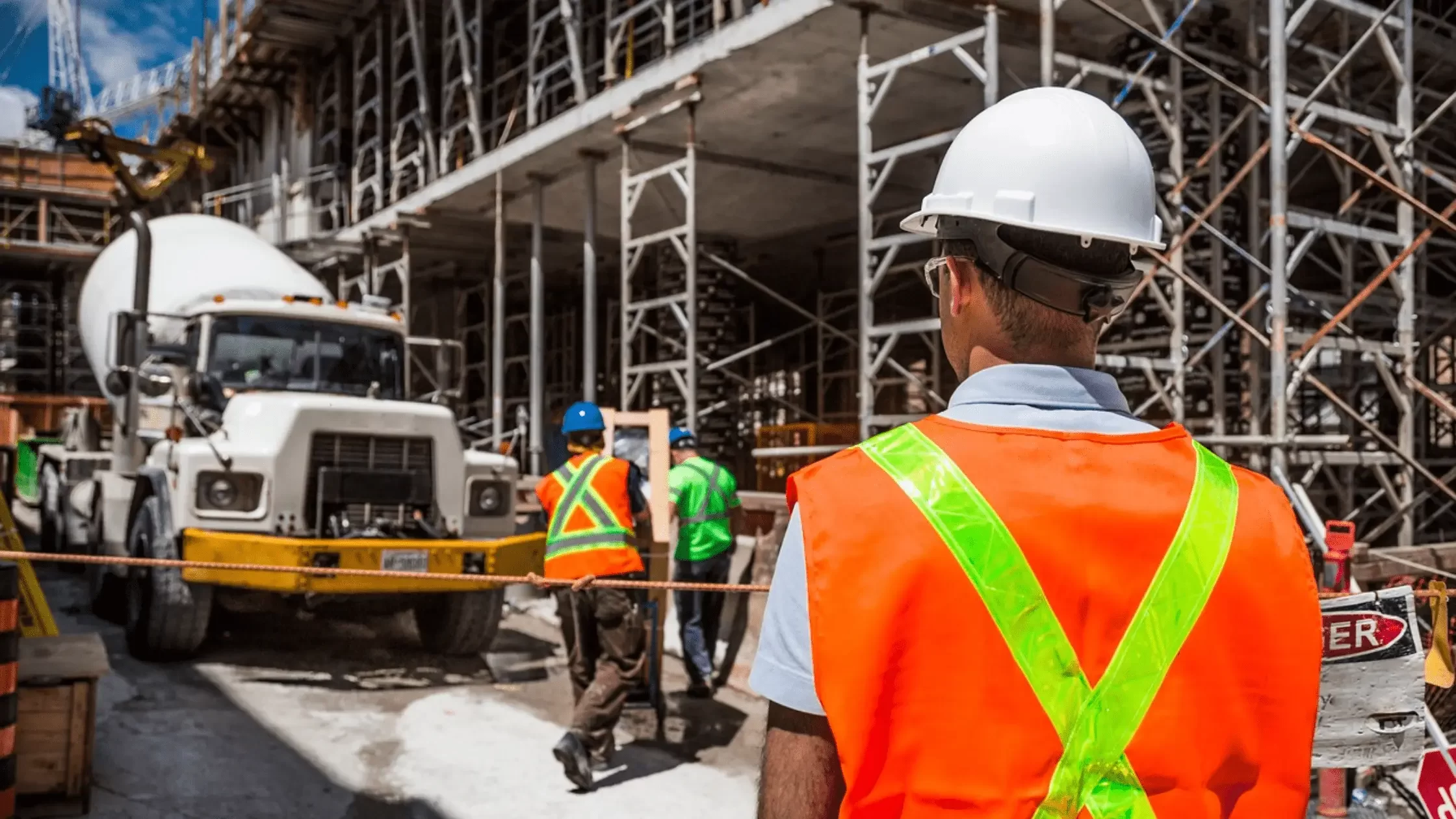Is steel a good construction material?
Strength-to-Weight Ratio: The Science Behind making steel a good construction material
Steel’s impressive strength comes from its unique microstructure. Steel is an alloy, meaning it’s a combination of iron and other elements like carbon, manganese, and silicon.
These elements, when combined in specific proportions, create a crystalline structure that’s incredibly strong and make steel a good construction material.
Here’s a breakdown of the science:
- Crystal Lattice: One of the significant reasons why steel is a good construction material is Crystal Lattice. Steel’s strength comes from its crystal lattice, a highly organized arrangement of iron atoms. These atoms are bonded together by strong metallic bonds, making it difficult to pull them apart.
- Dislocations: Imperfections within the crystal lattice, called dislocations, act like obstacles for cracks to propagate. When a force is applied to steel, these dislocations move and absorb energy, preventing the crack from growing and ultimately causing failure.
- Work Hardening: As steel is stressed, the dislocations multiply, making it even harder for cracks to grow. This phenomenon, known as work hardening, makes steel a good construction material.
2. Unveiling the Secrets of Steel Durability
Steel’s resistance to corrosion is due to a thin layer of oxide that forms on its surface. This layer, primarily iron oxide, acts as a barrier, preventing oxygen and moisture from reaching the underlying steel.
Here’s a closer look:
- Passivation: The formation of the oxide layer is called passivation. When exposed to air, a thin layer of iron oxide forms naturally on the steel surface. This layer is stable and prevents further oxidation.
- Weathering Steels: Some types of steel, called weathering steels, are designed to develop a thicker, more stable rust layer over time. This layer actually protects the underlying steel from further corrosion.
- Protective Coatings: For additional protection, especially in harsh environments, steel can be coated with paints, galvanization (coating with zinc), or other protective treatments. These coatings further enhance steel’s longevity, making buildings last longer and making steel a good construction material.
3. Pushing the Boundaries of Versatility: Steel’s Formability
Steel’s ability to be shaped into various forms stems from its good ductility and malleability.
- Ductility: Ductility refers to a material’s ability to deform under stress without breaking. Steel can be stretched or pulled into different shapes without losing its strength.
- Malleability: Malleability describes a material’s capacity to be hammered or pressed into new shapes. This allows steel to be formed into sheets, plates, and other desired shapes.
Here’s a look at how these properties are utilized:
- Hot Rolling: Steel is a good construction material because it can take any shape, such as TMT bars, Round bars, or Angles. These kinds of steel shapes are commonly used in Construction. Steel is often heated to high temperatures (hot rolling) to make it more malleable and easier to shape into desired forms.
- Cold Rolling: Cold rolling involves shaping steel at room temperature. This process creates a smoother finish and can be used to produce thinner sheets.
- Formability Enhancement: Certain alloying elements and processing techniques can further enhance steel’s formability, allowing for even more complex shapes.
4. Prefabrication: Diving into the Factory Floor
Steel fabrication facilities operate with a high degree of precision and efficiency. Here’s a glimpse into the process:
- Computer-Aided Design (CAD): Steel components are first designed using sophisticated CAD software. This ensures accuracy and facilitates efficient material use.
- CNC (Computer Numerical Control) Machines: Once the design is finalized, CNC machines translate the digital plans into precise cutting and shaping instructions. These machines automate much of the fabrication process, ensuring consistency and quality.
- Quality Control: Throughout the fabrication process, rigorous quality control measures are implemented to ensure components meet the specified dimensions and performance requirements.
5. Unveiling the Sustainability Benefits of Steel
Sustainability is crucial in every project. Steel’s recyclability makes steel a good construction material. The steel recycling process involves melting down scrap steel and removing impurities. This recycled steel can then be used to create new steel products, minimizing the need for virgin material extraction.
Here’s a breakdown of the recycling process:
- Electric Arc Furnace (EAF): Most steel recycling utilizes electric arc furnaces. Scrap steel is melted in the EAF using electricity, a cleaner source of energy compared to traditional methods using coal.
- Refining: Once melted, the molten steel undergoes a refining process to remove impurities and achieve the desired chemical composition.
- Closed-Loop System: Steel recycling creates a closed-loop system where steel products can be recycled and reused repeatedly, minimizing environmental impact.
Now you know why steel is a good construction material. If you want to learn more, visit this Wikipedia page about steel.





